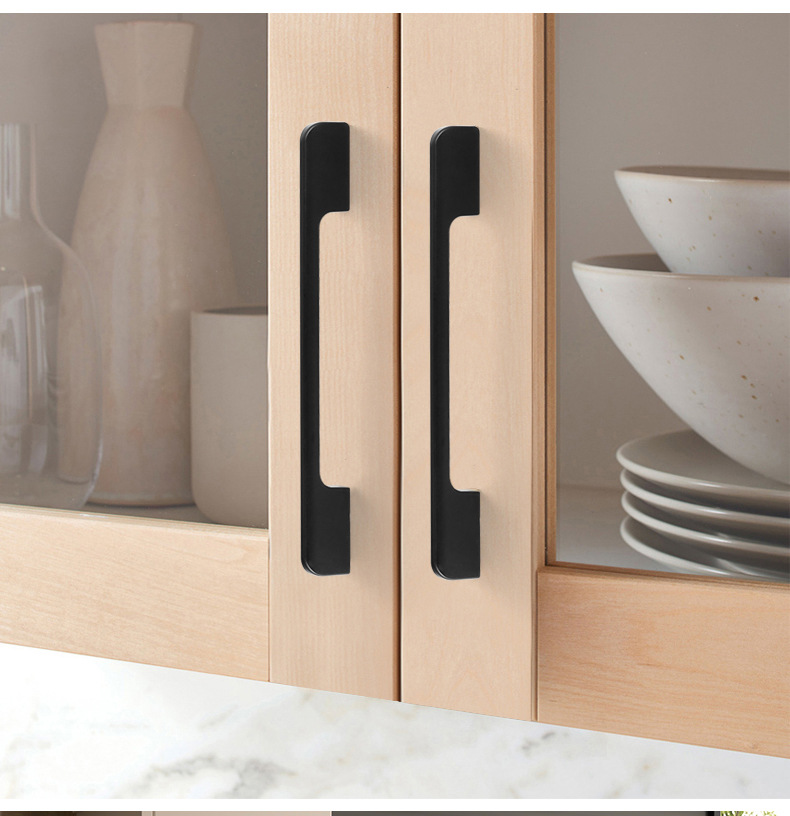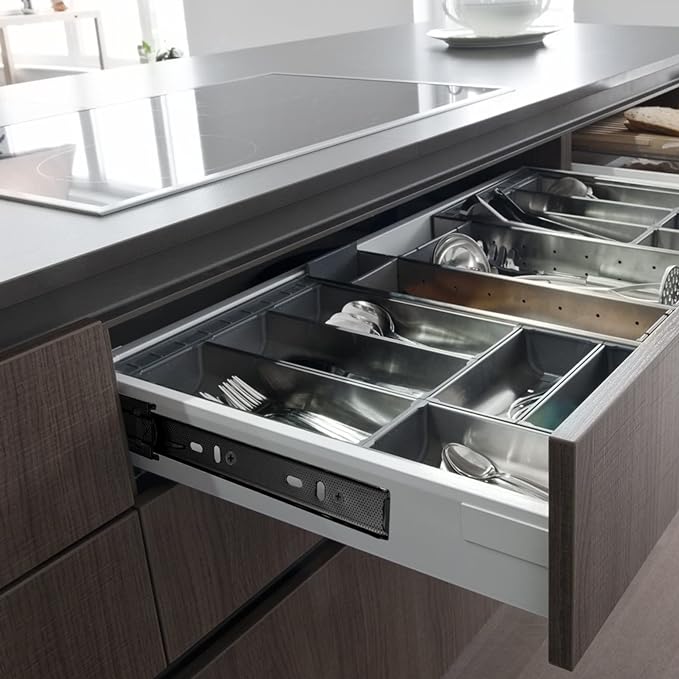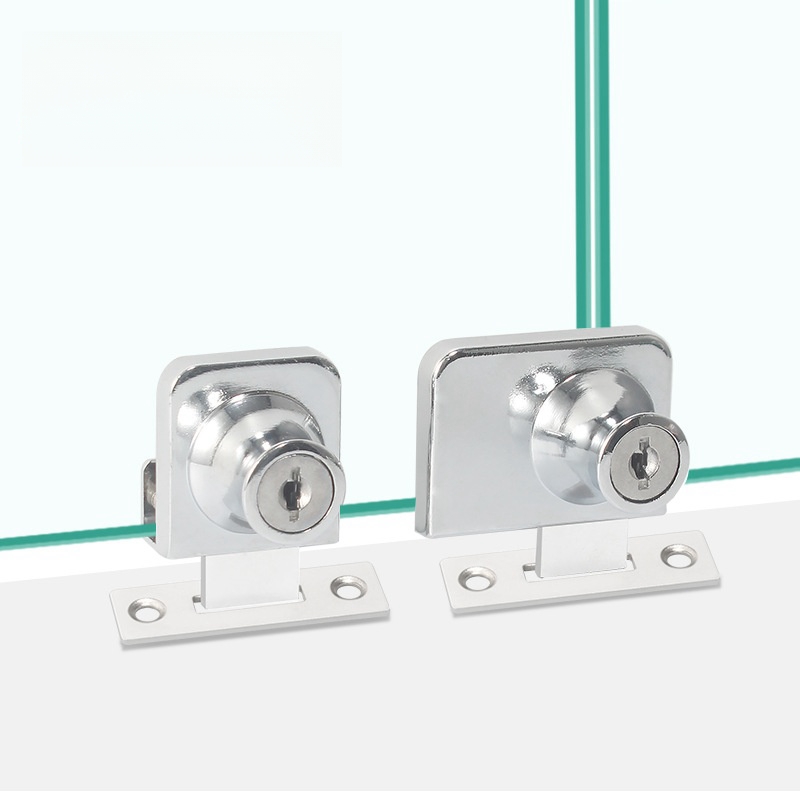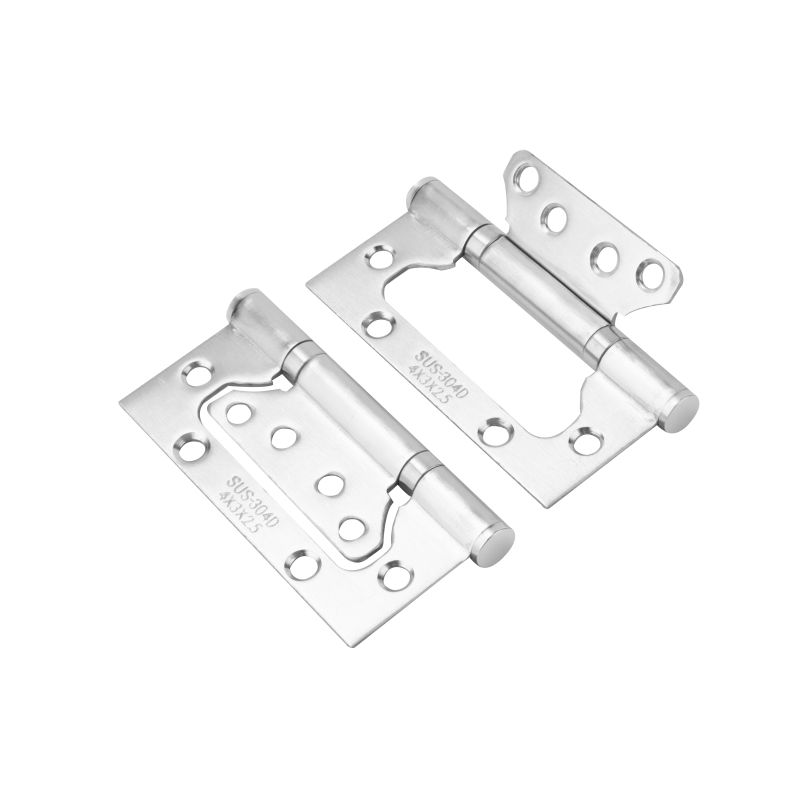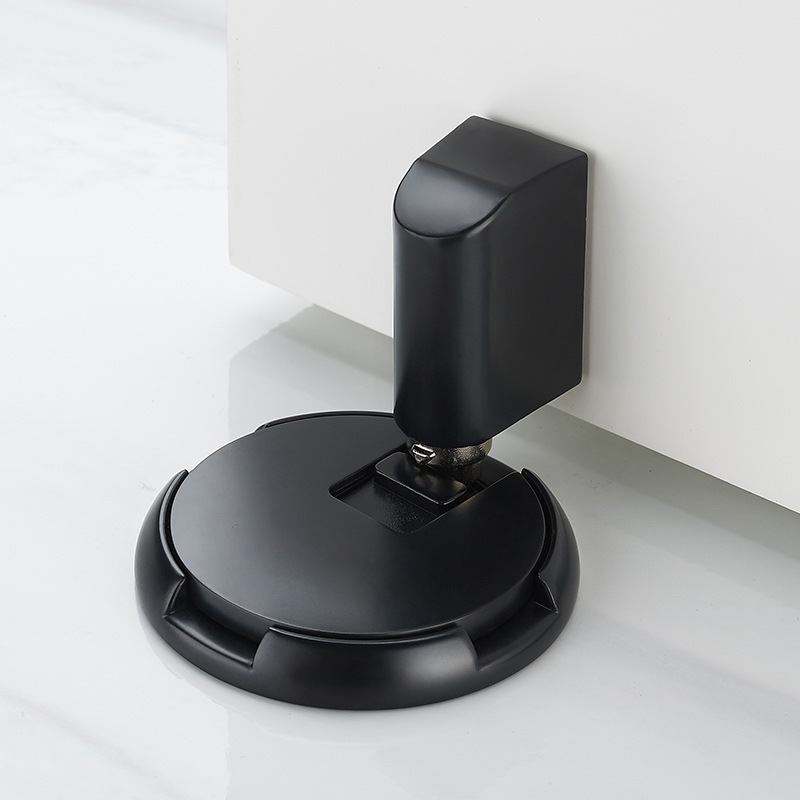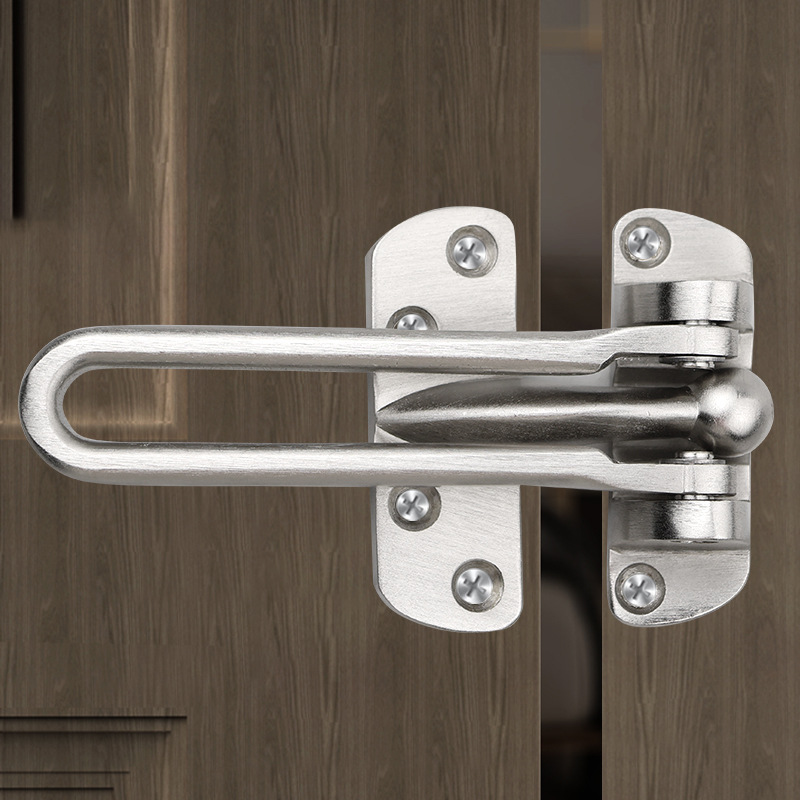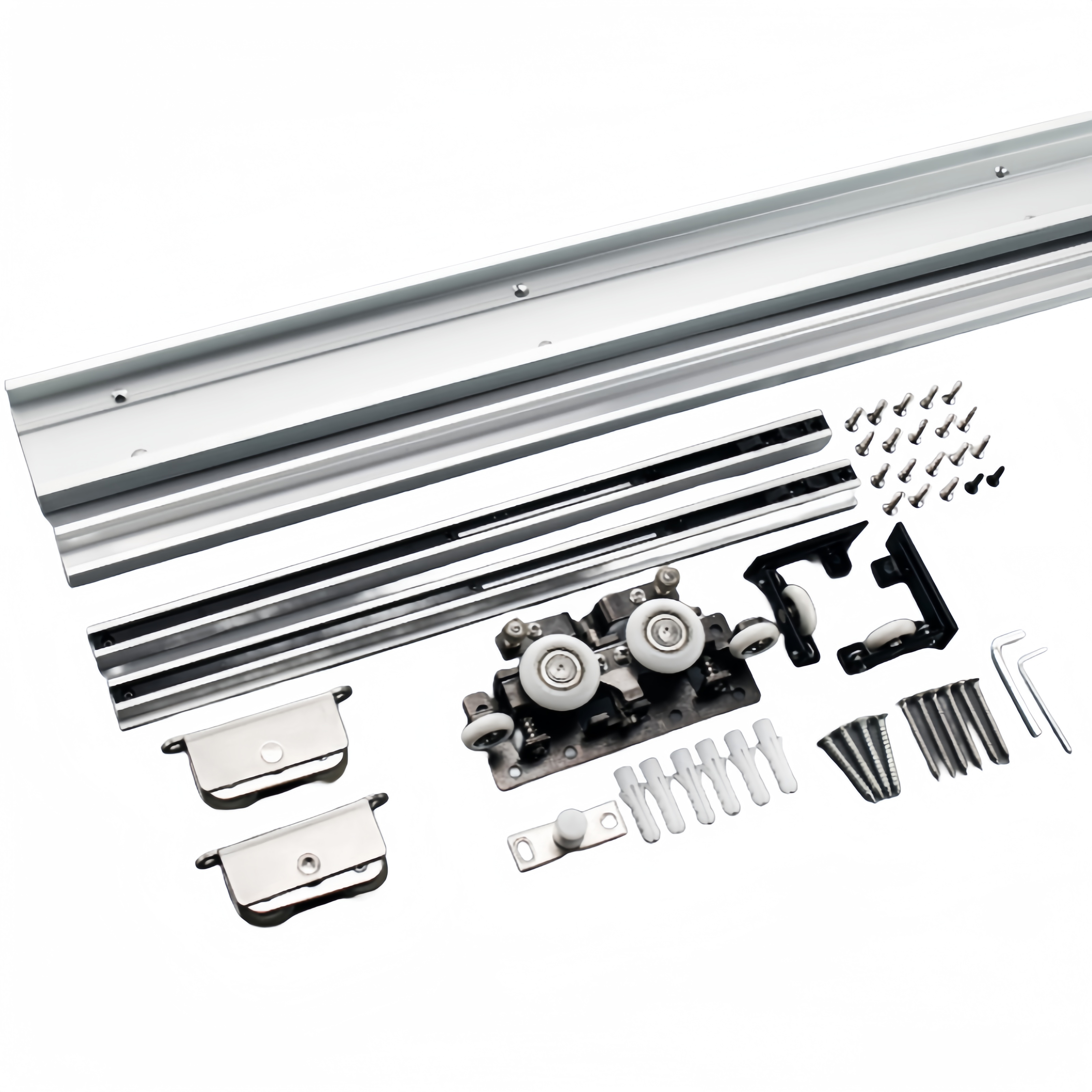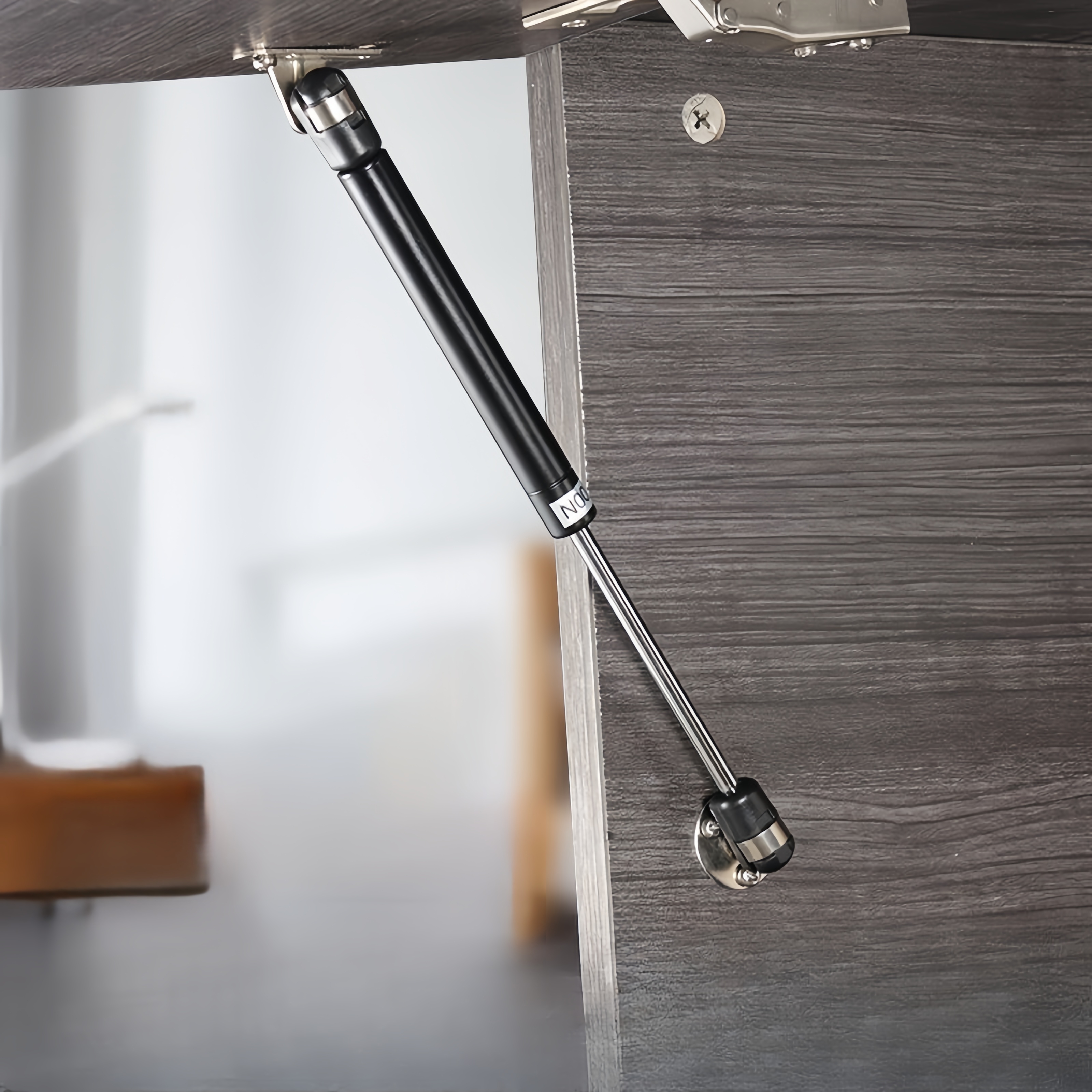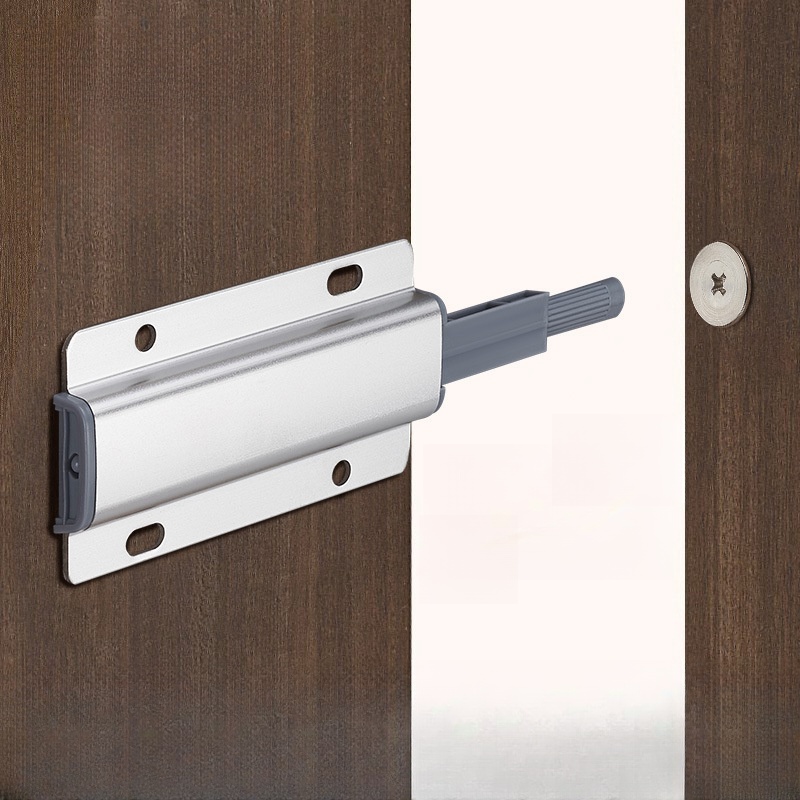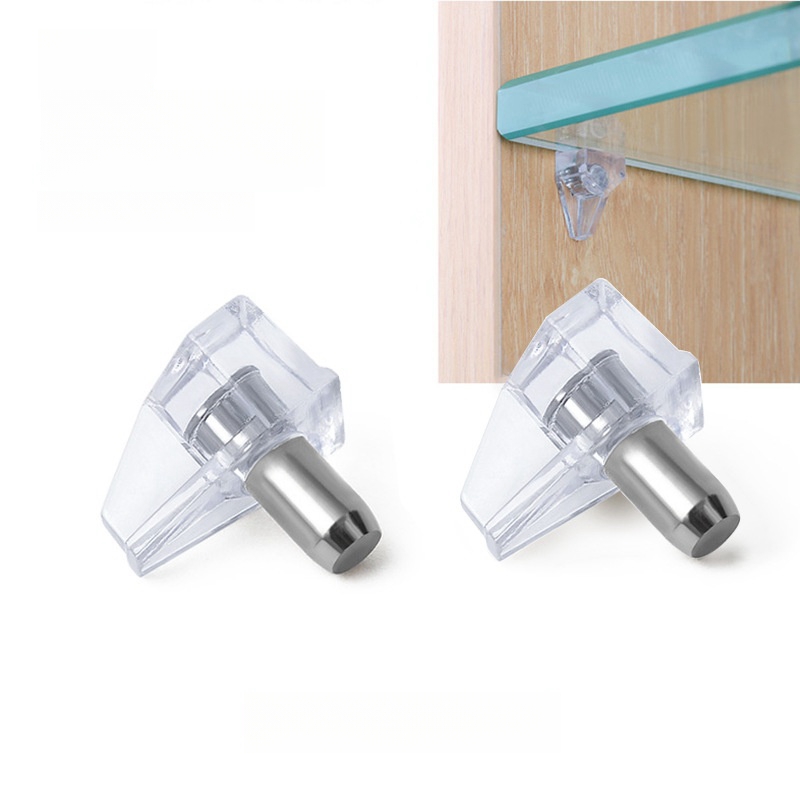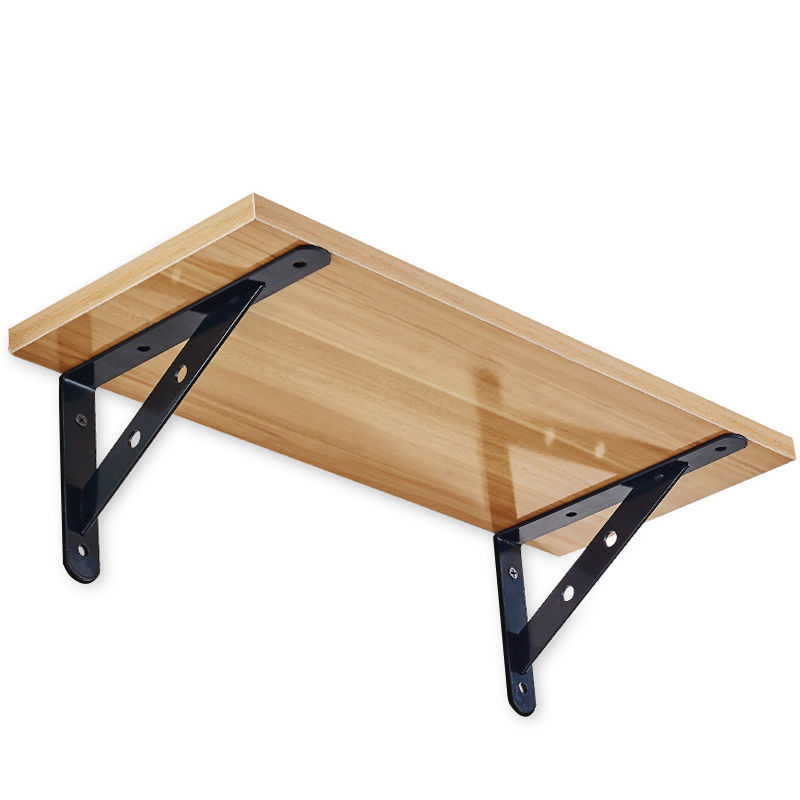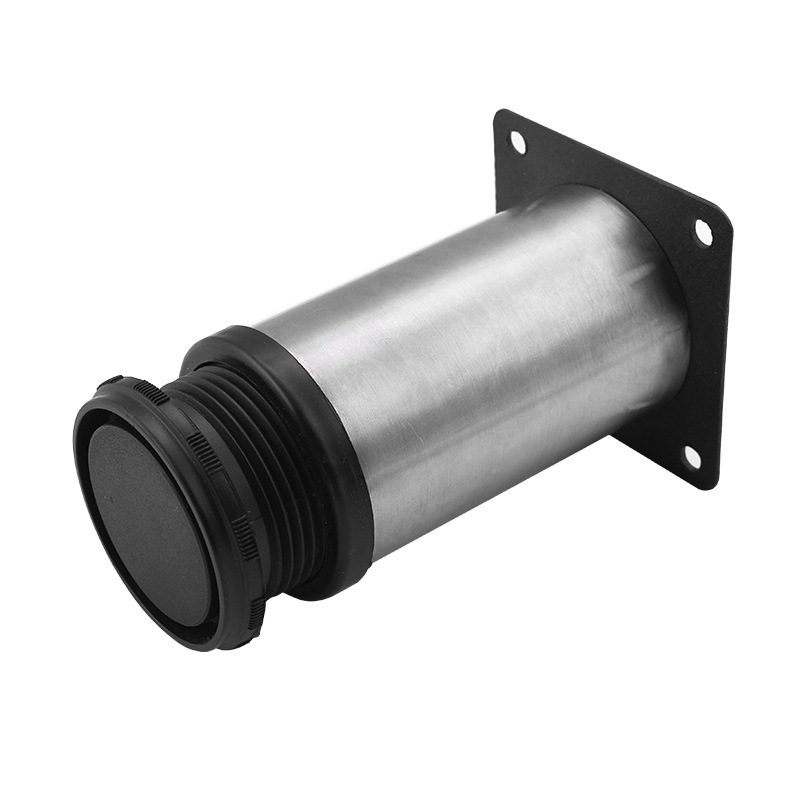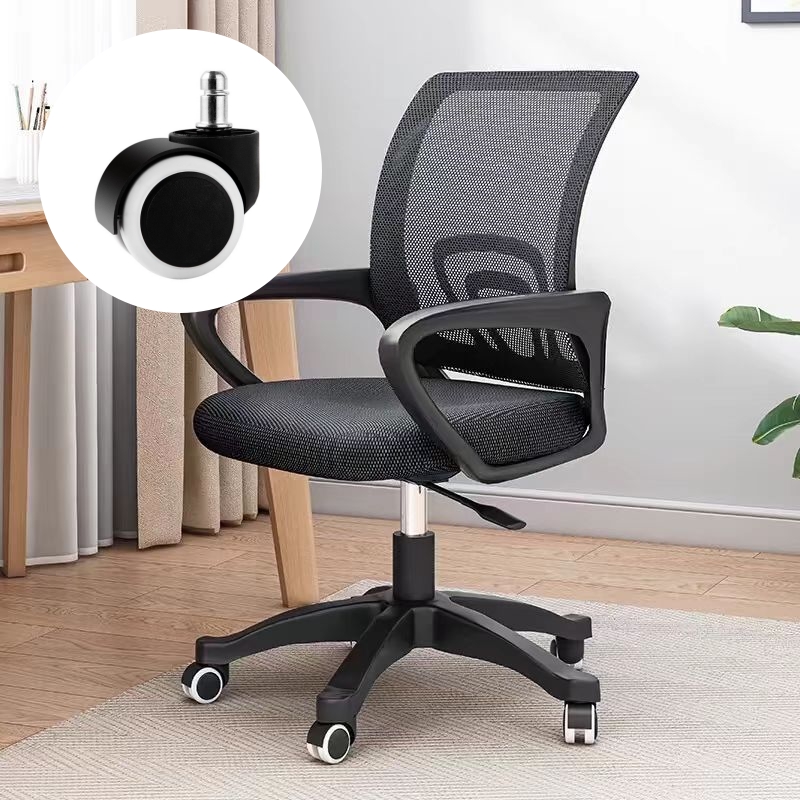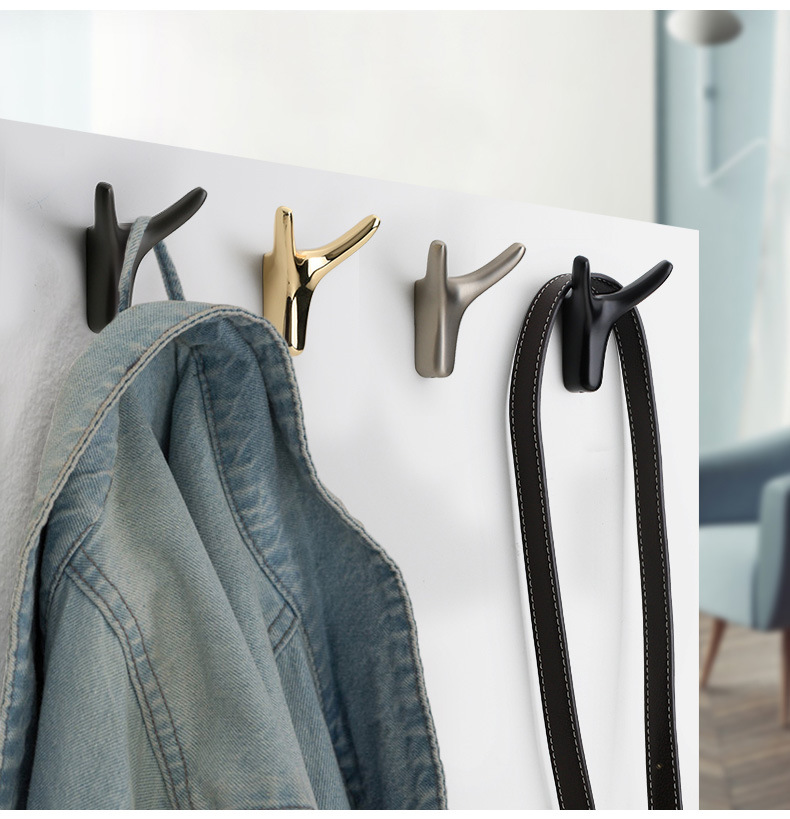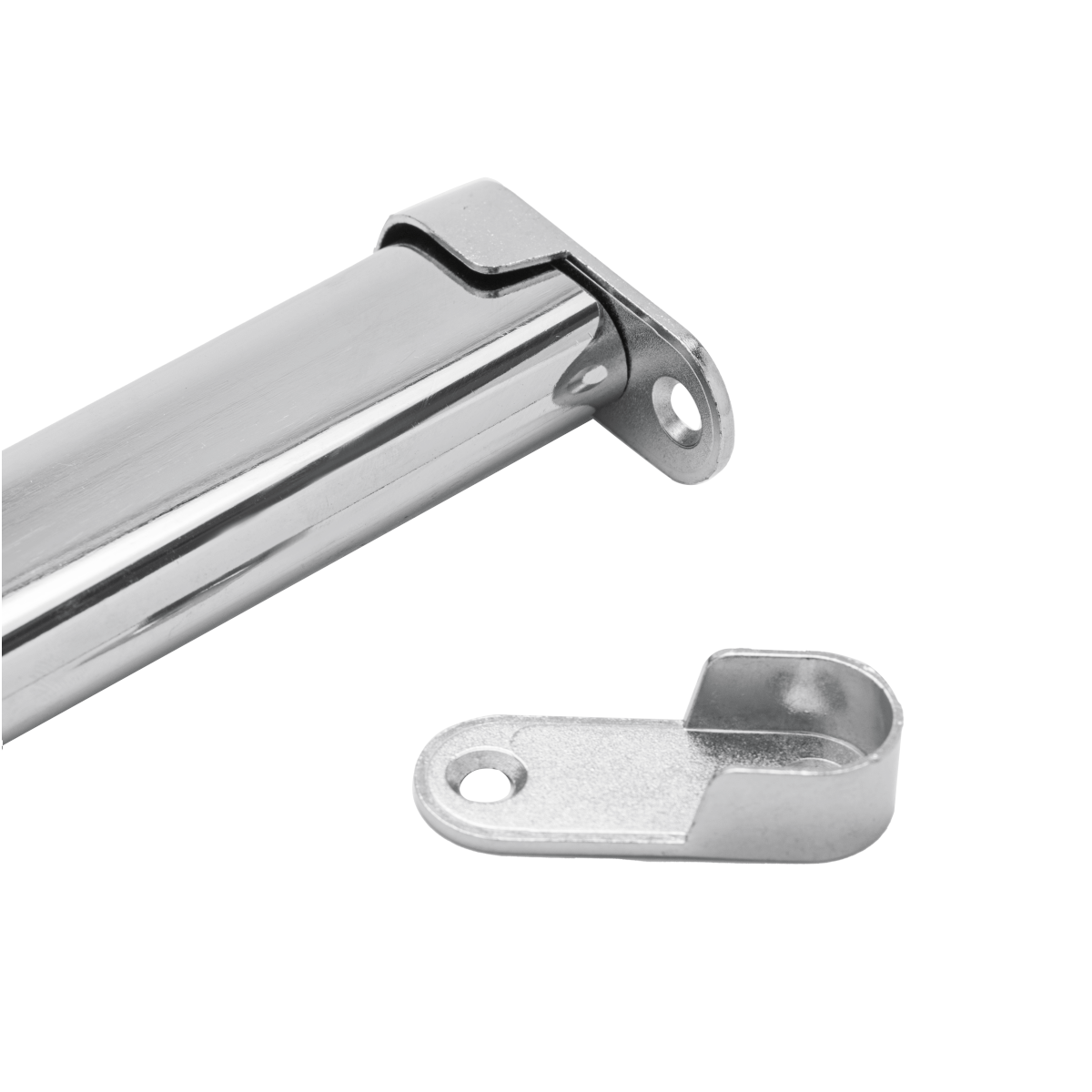
ABOUT
Guangzhou Toplink hardware Co., Ltd specialized in the production and export of furniture hardware fittings, with an experience of more than 14 years.
Our main products are drawer locks, cabinet hinges, sliding rails, cabinet handles, casters, cabinet legs and connecting fittings etc..
With a complete range of products, excellent performance and reasonable prices we have built up business with many customers all over the world.
We are committed to strict quality control and considerate customer service. We sincerely looking forward to becoming your best choice and the most reliable partner!
PRODUCTS
how to repair door knob latch bolt
Identifying the Problem: Is it the Latch Bolt Itself?
Before diving into repairs, it's crucial to pinpoint the actual source of the problem. A door that won't latch properly could be due to several issues, not just a faulty latch bolt. Check the following:
1. Door Alignment: Is the door itself properly aligned within the frame? A misaligned door can prevent the latch bolt from engaging properly. Look for gaps between the door and the frame, and try adjusting the hinges or door strike plate if necessary. Tighten any loose screws.
2. Strike Plate Issues: The strike plate is the metal plate embedded in the door frame where the latch bolt engages. If it's loose, bent, or improperly positioned, it will prevent the latch bolt from working correctly. Check for loose screws, and if the plate itself is damaged, you may need to replace it.
3. Door Jamb Damage: Over time, the wood around the strike plate might become damaged or worn. This can prevent the latch bolt from fully extending or retracting. In this case, you might need to carefully repair or replace the damaged portion of the jamb.
4. Latch Bolt Mechanism: Only after eliminating these other possibilities should you suspect the latch bolt itself is the culprit. A jammed or broken latch bolt will usually be apparent upon inspection. You might notice it’s stuck in the extended or retracted position, or it may be visibly damaged.
Removing the Door Knob and Latch Bolt Assembly
Once you've confirmed the latch bolt is the problem, you'll need to remove the doorknob assembly to access it. The process varies slightly depending on the type of doorknob, but generally involves the following steps:
1. Locate the Set Screws: Most doorknobs have small set screws located on the knob itself (usually on the side or the bottom). You'll need a small screwdriver (often an Allen wrench) to remove these screws.
2. Separate the Knobs: After removing the set screws, carefully pull the knobs apart. There may be a retaining clip or a small spring holding them together. Proceed gently to avoid damaging any parts.
3. Remove the Faceplate: Once the knobs are separated, you should be able to remove the faceplate that covers the latch bolt mechanism. This typically involves unscrewing a few screws. Keep track of all the screws and small parts to ensure you can reassemble everything correctly.
4. Accessing the Latch Bolt: With the faceplate removed, you'll have access to the latch bolt and its internal mechanism. Carefully examine the latch bolt for any visible damage, such as broken springs, bent parts, or obstructions.
Repairing or Replacing the Latch Bolt
The necessary repair will depend on the type of damage. Minor issues, such as a slightly bent bolt, might be correctable with gentle adjustments. However, if the bolt is severely damaged or broken, replacement is usually the best solution.
Repairing a Bent Latch Bolt: If the bolt is only slightly bent, you may be able to carefully straighten it using pliers. Be extremely gentle to avoid breaking the bolt. Test the latch mechanism after making any adjustments.
Replacing a Broken Latch Bolt: If the bolt is broken or beyond repair, you'll need to replace it. First, note the exact measurements and type of latch bolt you have (the length is critical). Take the old latch bolt to a hardware store to find a suitable replacement. Installation involves reversing the removal process, attaching the new latch bolt, and carefully reassembling the doorknob assembly.
Troubleshooting Sticking Bolts: If the latch bolt sticks or doesn't retract smoothly, lubricating the bolt and its mechanism with a light lubricant, such as graphite powder or a silicone-based spray lubricant, can often resolve the issue. Apply the lubricant sparingly and work it into the mechanism.
Reassembling the Doorknob and Testing
Once the repair or replacement is complete, reassemble the doorknob according to the steps you followed during disassembly. Make sure all screws are tightened securely and all parts are properly aligned. Test the door several times to ensure the latch bolt is working correctly – extending and retracting smoothly and locking the door securely.
Double Check Alignment: After reassembly, verify that the door is still properly aligned in the frame. Slight adjustments might be necessary after working on the latch mechanism. Re-check the alignment of the strike plate relative to the latch bolt.
Prevention and Maintenance: Regular maintenance, such as lubricating the latch mechanism periodically, can help prevent future problems. Also, address any misalignment or damage to the door or frame promptly to avoid further complications.
Repairing a door knob latch bolt might seem daunting, but by following these steps and taking your time, you can often resolve the issue yourself. Remember, if you're unsure about any part of the process, seeking professional help is always a good option. A little DIY know-how can save you money and empower you to handle minor home repairs with confidence.
SUBSCRIBE
INQUIRY
